Quantum Coherent States and Path Integral Method to Stochastically Determine the Anisotropic Volume Expansion in Lithiated Silicon Nanowires
Abstract
:1. Introduction
2. Poisson Distribution of the Negative Charge Differential (nc)
3. Maxwell Stress
4. Optical Amplification
5. Quantum Harmonic Oscillator
6. Coherent State of Electrons
7. Photon Density Wave
8. Path Integral Method
9. Anisotropic Expansion Rate
10. Volume Increase and Geometric Cross-Sectional Area Configuration
11. Summary
Conflicts of Interest
References
- Boone, D.C. Maxwell stress to explain the mechanism for the anisotropic expansion in lithiated silicon nanowires. AIP Adv. 2016, 6, 125027. [Google Scholar] [CrossRef]
- Liu, X.H.; Zheng, H.; Zhong, L.; Huang, S.; Karki, K.; Zhang, L.Q.; Liu, Y.; Kushima, A.; Liang, W.T.; Wang, J.W.; et al. Anisotropic Swelling and Fracture of Silicon Nanowires during Lithiation. Nano Lett. 2011, 11, 3312–3318. [Google Scholar] [CrossRef] [PubMed]
- Yang, H.; Huang, S.; Huang, X.; Fan, F.; Liang, W.; Liu, X.H.; Chen, L.-Q.; Huang, J.Y.; Li, J.; Zhu, T.; et al. Orientation-Dependent Interfacial Mobility Governs the Anisotropic Swelling in Lithiated Silicon Nanowires. Nanotechnol. Lett. 2012, 12, 1953–1958. [Google Scholar] [CrossRef] [PubMed]
- Cubuk, E.D.; Wang, W.L.; Zhao, K.; Vlassak, J.J.; Suo, Z.; Kaxiras, E. Morphological Evolution of Si Nanowires upon Lithiation: A First Principles Multiscale Model. Nano Lett. 2013, 13, 2011–2015. [Google Scholar] [CrossRef] [PubMed]
- Jung, S.C.; Choi, J.W.; Han, Y.-K. Anisotropic Volume Expansion of Crystalline Silicon during Electrochemical Lithium Insertion: An Atomic Level Rationale. Nano Lett. 2012, 12, 5342–5347. [Google Scholar] [CrossRef] [PubMed]
- Wang, Z.; Gu, M.; Zhou, Y.; Zu, X.; Connell, J.G.; Xiao, J.; Perea, D.; Lauhon, L.J.; Bang, J.; Zhang, S.; et al. Electron-Rich Driven Electrochemical Solid-State Amorphization in Li–Si Alloys. Nano Lett. 2013, 13, 4511–4516. [Google Scholar] [CrossRef] [PubMed]
- Zhao, K.; Pharr, M.; Wan, Q.; Wang, W.L.; Kaxiras, E.; Vlassak, J.J.; Suo, Z. Concurrent Reaction and Plasticity during Initial Lithiation of Crystalline Silicon in Lithium-Ion Batteries. J. Electrochem. Soc. 2012, 159, A238–A243. [Google Scholar] [CrossRef]
- Pharr, M.; Zhao, K.; Wang, X.; Suo, Z.; Vlassak, J.J. Kinetics of Initial Lithiation of Crystalline Silicon Electrodes of Lithium-Ion Batteries. Nano Lett. 2012, 12, 5039–5047. [Google Scholar] [CrossRef] [PubMed]
- Islam, M.S.; Fisher, C.A.J. Lithium and Sodium Battery Cathode Materials: Computational Insights into Voltage, Diffusion and Nanostructural Properties. R. Soc. Chem. 2014, 43, 185–204. [Google Scholar] [CrossRef] [PubMed]
- Wan, W.; Zhang, Q.; Cui, Y.; Wang, E. First principles study of lithium insertion in bulk silicon. J. Phys. Condens. Matter 2010, 22, 415501. [Google Scholar] [CrossRef] [PubMed]
- Huang, S.; Zhu, T. Atomistic mechanisms of lithium insertion in amorphous silicon. J. Power Sources 2011, 196, 3664–3668. [Google Scholar] [CrossRef]
- Viterbo, V.D.; Lemes, N.H.T.; Braga, J.P. Variables Phase Equation in Quantum Scattering. Rev. Bras. Ensino Fís. 2014, 36, 1310. [Google Scholar] [CrossRef]
- Dresselhaus, G.; Kip, A.F.; Kittel, C. Cyclotron Resonance of Electrons and Holes in Silicon and Gerii1anium Crystals. Phys. Rev. 1955, 98, 368. [Google Scholar] [CrossRef]
- Li, X.; Liu, L.; Sharma, P. A new type of Maxwell stress in soft materials due to quantum mechanical-elasticity coupling. J. Mech. Phys. Solids 2016, 87, 115–129. [Google Scholar] [CrossRef]
- Levitas, V.I.; Attariani, H. Anisotropic compositional expansion and chemical potential for amorphous lithiated silicon under stress tensor. Sci. Rep. 2013. [Google Scholar] [CrossRef] [PubMed]
- Puckett, M.W.; Smalley, J.S.T.; Abashin, M.; Grieco, A.; Fainman, Y. Tensor of the Second-Order Nonlinear Susceptibility in Asymmetrically Strained Silicon Waveguides: Analysis and Experimental Validation. Opt. Lett. 2014, 39, 1693–1696. [Google Scholar] [CrossRef] [PubMed]
- Wysin, G.M. Quantum Theory for Dielectric Properties of Conductors, B. Magnetic Fields and Landau Levels; Department of Physics, Kansas State University: Manhattan, KS, USA, 2011. [Google Scholar]
- Hopcroft, M.A.; Nix, W.D.; Kenny, T.W. What is the Young’s Modulus of Silicon? J. Microelectromech. Syst. 2010, 19. [Google Scholar] [CrossRef]
- Liu, X.H.; Fan, F.; Yang, H.; Zhang, S.; Huang, J.Y.; Zhu, T. Self-Limiting Lithiation in Silicon Nanowires. ACS Nano 2013, 7, 1495–1503. [Google Scholar] [CrossRef] [PubMed]
- Franca, H.M.; Maia, A., Jr.; Malta, C.P. Maxwell Electromagnetic Theory, Planck’s Radiation Law and Bose-Einstein Statistics. Found. Phys. 1996, 26, 1055–1068. [Google Scholar] [CrossRef]
- Fox, M. Quantum Optics: An Introduction; Oxford Press: Oxford, UK, 2008. [Google Scholar]
- Wang, J.W.; He, Y.; Fan, F.; Liu, X.H.; Xia, S.; Liu, Y.; Harris, C.T.; Li, H.; Huang, J.Y.; Mao, S.X.; et al. Two-Phase Electrochemical Lithiation in Amorphous Silicon. Nano Lett. 2013, 13, 709–715. [Google Scholar] [CrossRef] [PubMed]
- Hilborn, R.C. Einstein coefficients, cross sections, f values, dipole moments, and all that. Am. J. Phys. 1982, 50, 982–986. [Google Scholar] [CrossRef]
- Sverdlov, V.; Karlowatz, G.; Dhar, S.; Kosina, H.; Selberherr, S. Two-Band K.P Model for the Conduction Band in Silicon: Impact of Strain and Confinement on Band Structure and Mobility. Solid State Electron. 2008, 52, 1563–1568. [Google Scholar] [CrossRef]
- Ranada, M.F. A Quantum Quasi-Harmonic Nonlinear Oscillator with an Isotonic Term. AIP J. Math. Phys. 2014, 55, 082108. [Google Scholar] [CrossRef]
- Carinena, J.F.; Ranada, M.F.; Santander, M. One-dimensional model of a quantum nonlinear harmonic oscillator. Rep. Math. Phys. 2004, 54, 285–293. [Google Scholar] [CrossRef]
- Yu, D.; Zhang, Y.; Liu, F. First-principles study of electronic properties of biaxially strained silicon: Effects on charge carrier mobility. Phys. Rev. B 2008, 78, 245204. [Google Scholar] [CrossRef]
- Shiri, D.; Kong, Y.; Buin, A.; Anantram, M.P. Strain induced change of bandgap and effective mass in silicon nanowires. Appl. Phys. Lett. 2008, 93, 073114. [Google Scholar] [CrossRef]
- Cui, Z.; Gao, F.; Qu, J. A finite deformation stress-dependent chemical potential and itsapplications to lithium ion batteries. J. Mech. Phys. Solids 2012, 60, 1280–1295. [Google Scholar] [CrossRef]
- Liu, Y.; Liu, X.H.; Nguyen, B.; Yoo, J.; Sullivan, J.P.; Picraux, S.T.; Huang, J.Y.; Dayeh, S.A. Tailoring Lithiation Behavior by Interface and Bandgap Engineering at the Nanoscale. Nano Lett. 2013, 13, 4876–4883. [Google Scholar] [CrossRef] [PubMed]
- Kuo, Y.; Lee, Y.K.; Ge, Y.; Ren, S.; Roth, J.E.; Kamins, T.I.; Miller, D.A.B.; Harris, J.S., Jr. Quantum-Confined Stark Effect in Ge/SiGe Quantum Wells on Si for Optical Modulators. IEEE J. Sel. Top. Quantum Electron. 2006, 12, 1503–1513. [Google Scholar] [CrossRef]
- Robinson, J.W.; Rice, J.H.; Lee, K.H.; Na, J.H.; Taylor, R.A.; Hasko, D.G.; Oliver, R.A.; Kappers, M.J.; Humphreys, C.J.; Andrews, G.; et al. Quantum-confined Stark effect in a single InGaN quantum dot under a lateral electric field. Appl. Phys. Lett. 2005, 86, 213103. [Google Scholar] [CrossRef]
- Man’ko, V.I.; Marmo, G.; Sudarshan, E.C.G.; Zaccaria, F. f-Oscillators and nonlinear coherent states. Phys. Scr. 1997, 55. [Google Scholar] [CrossRef]
- Philbin, T.G. Quantum dynamics of the damped harmonic oscillator. New J. Phys. 2012, 14, 083043. [Google Scholar] [CrossRef]
- Miller, D.A.B. Quantum Mechanics for Scientists and Engineers; Cambridge University Press: Cambridge, UK, 2009. [Google Scholar]
- Boas, D.A.; O’Leary, M.A.; Chance, B.; Yodh, A.G. Scattering of Diffuse Photon Density Waves by Spherical Inhomogeneities within Turbid Media: Analytic Solution and Applications. Proc. Natl. Acad. Sci. USA 1994, 91, 4887–4891. [Google Scholar] [CrossRef] [PubMed]
- Zhang, Q.; Cui, Y.; Wang, E. Anisotropic Lithium Insertion Behavior in Silicon Nanowires: Binding Energy, Diffusion Barrier, and Strain Effect. J. Phys. Chem. 2011, 115, 9376–9381. [Google Scholar] [CrossRef]
- Ripoll, J.; Nieto-Vesperinas, M. Reflection and Transmission Coefficients for Diffuse Photon Density Waves. Opt. Lett. 1999, 24, 796–798. [Google Scholar] [CrossRef] [PubMed]
- Wang, C.; Li, X.; Wang, Z.; Xu, W.; Liu, J.; Gao, F.; Kovarik, L.; Zhang, J.; Howe, J.; Burton, D.J.; et al. In Situ TEM Investigation of Congruent Phase Transition and Structural Evolution of Nanostructured Silicon/Carbon Anode for Lithium Ion Batteries. Nanotechnol. Lett. 2012, 12, 1624–1632. [Google Scholar] [CrossRef] [PubMed]
- Path Integrals in Quantum Mechanics. Available online: http://web.mit.edu/dvp/www/Work/8.06/dvp-8.06-paper.pdf (accessed on 21 October 2017).
- Feynman, R.P. The Feynman Lectures on Physics Volume II Chapter 32: Refractive Index of Dense Materials; California Institute of Technology Press: Pasadena, CA, USA, 1964. [Google Scholar]
- Karatas, M. A Multi Foci Closed Curve: Cassini Oval, Its Properties and Applications. Dogus Univ. Derg. 2013, 14, 231–248. [Google Scholar]
- Ishida, T.; Cleri, F.; Kakushima, K.; Mita, M.; Sato, T.; Miyata, M.; Itamura, N.; Endo, J.; Toshiyoshi, H.; Sasaki, N.; et al. Exceptional plasticity of silicon nanobridges. Nanotechnology 2011, 22, 355704. [Google Scholar] [CrossRef] [PubMed]
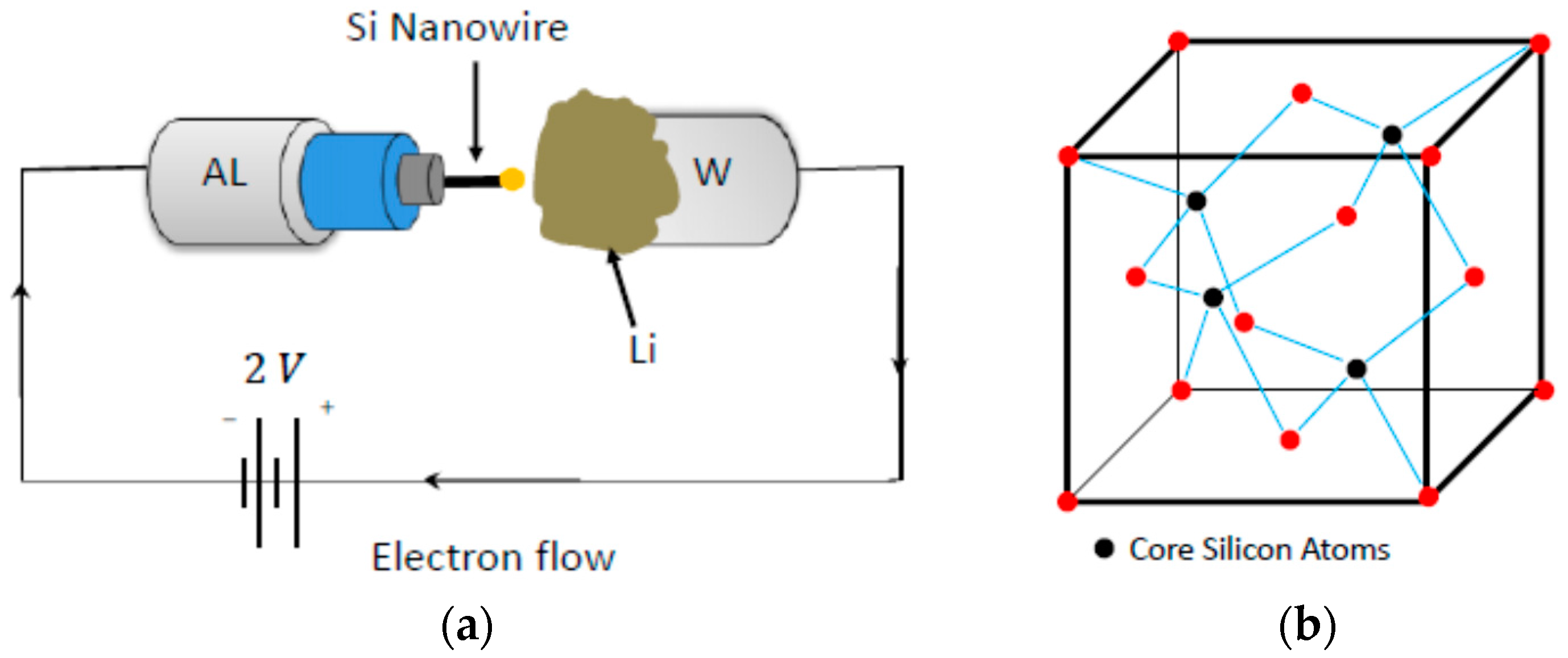
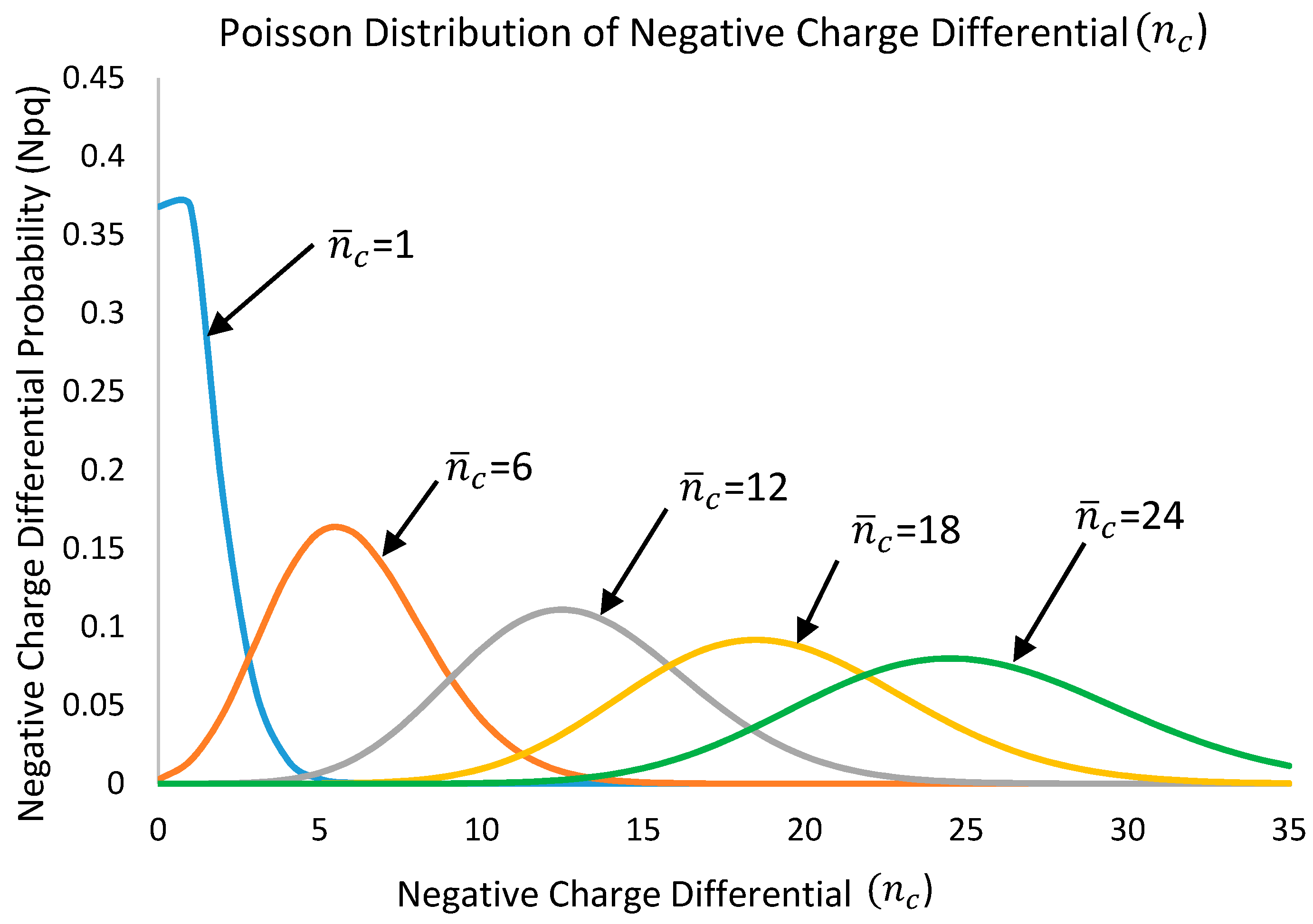
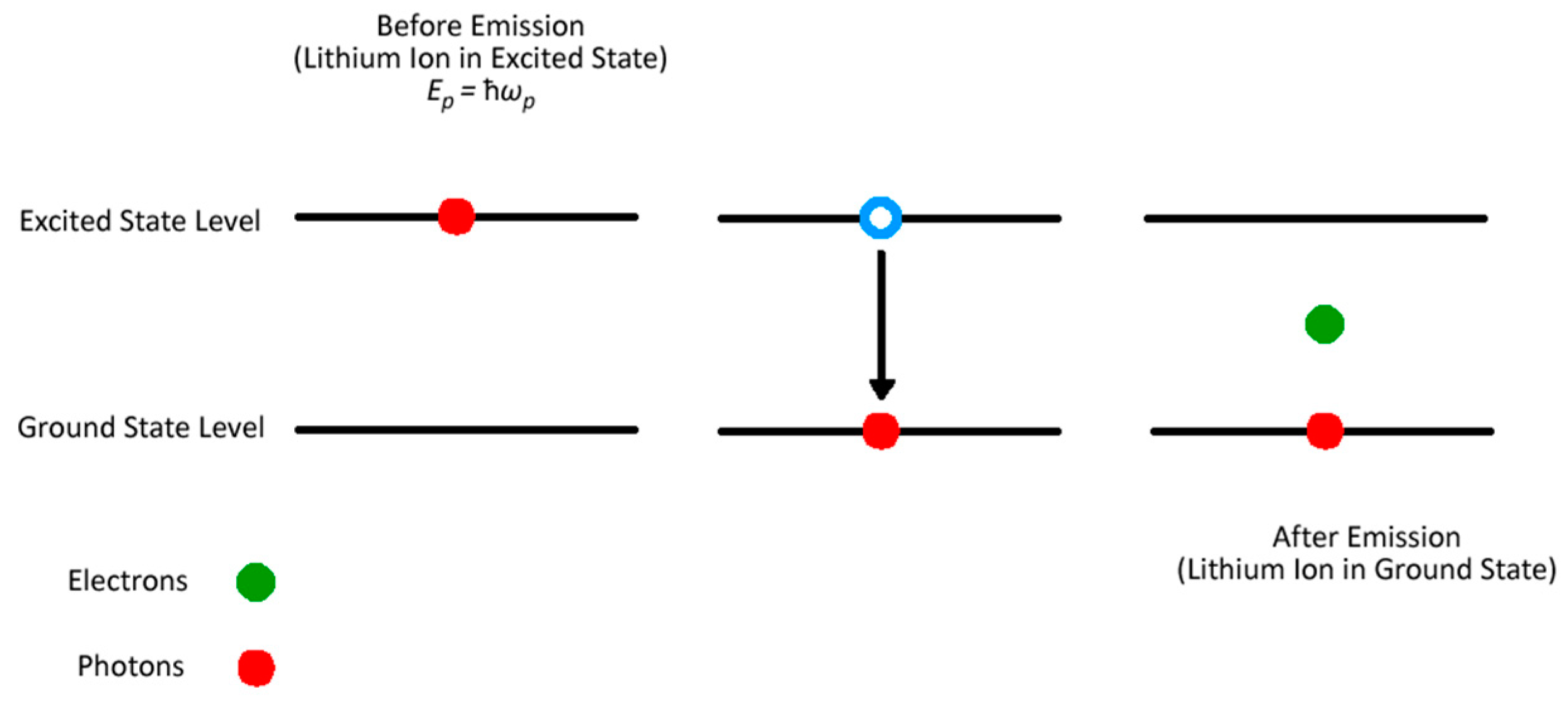
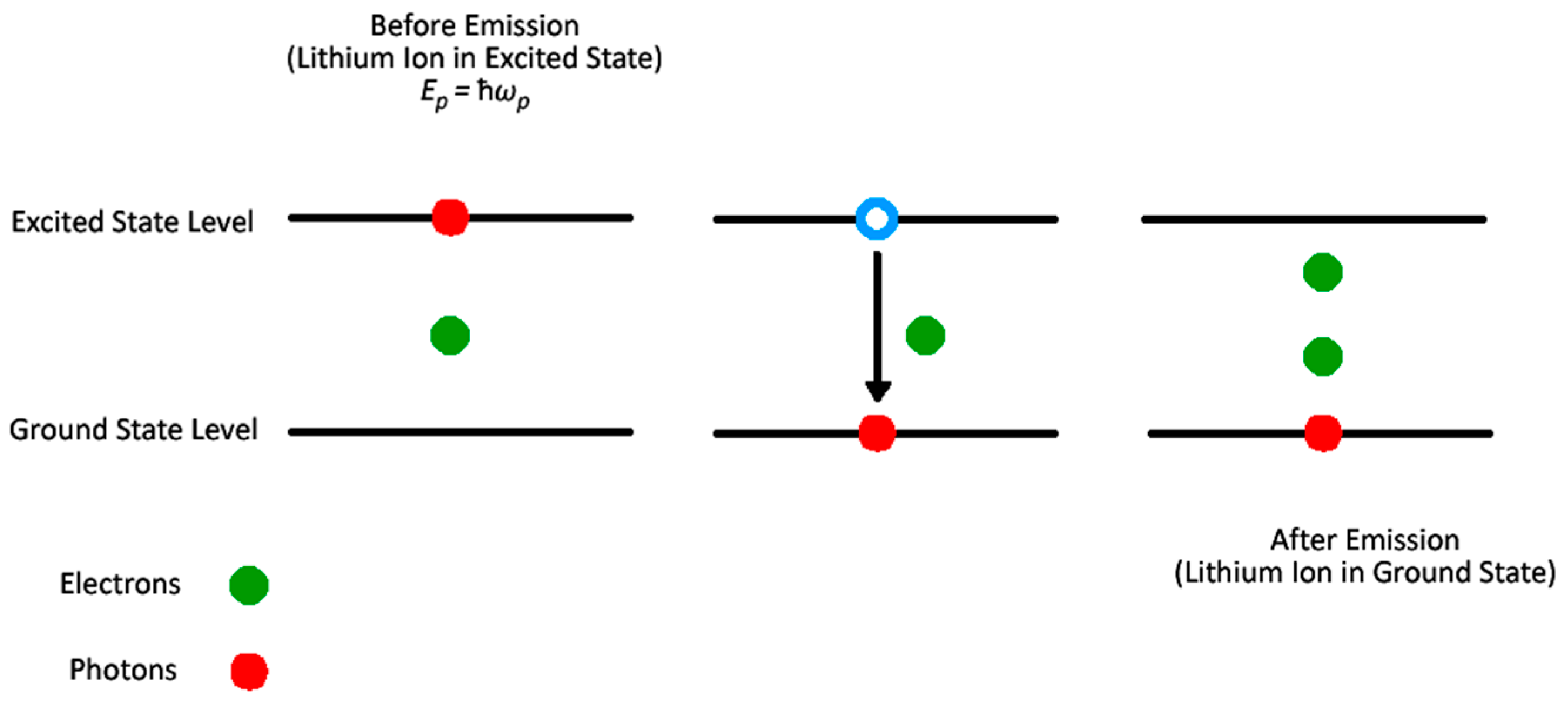
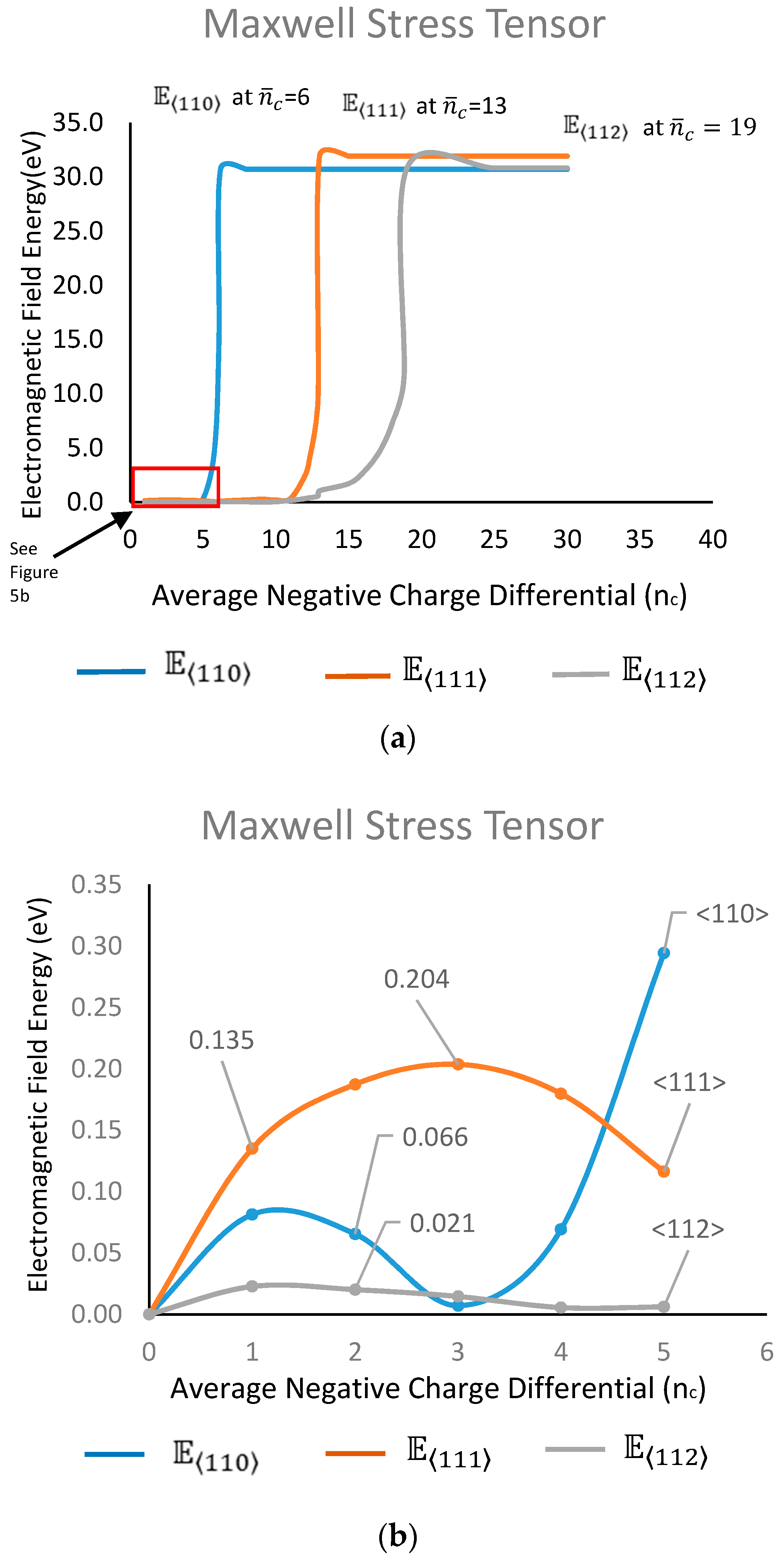
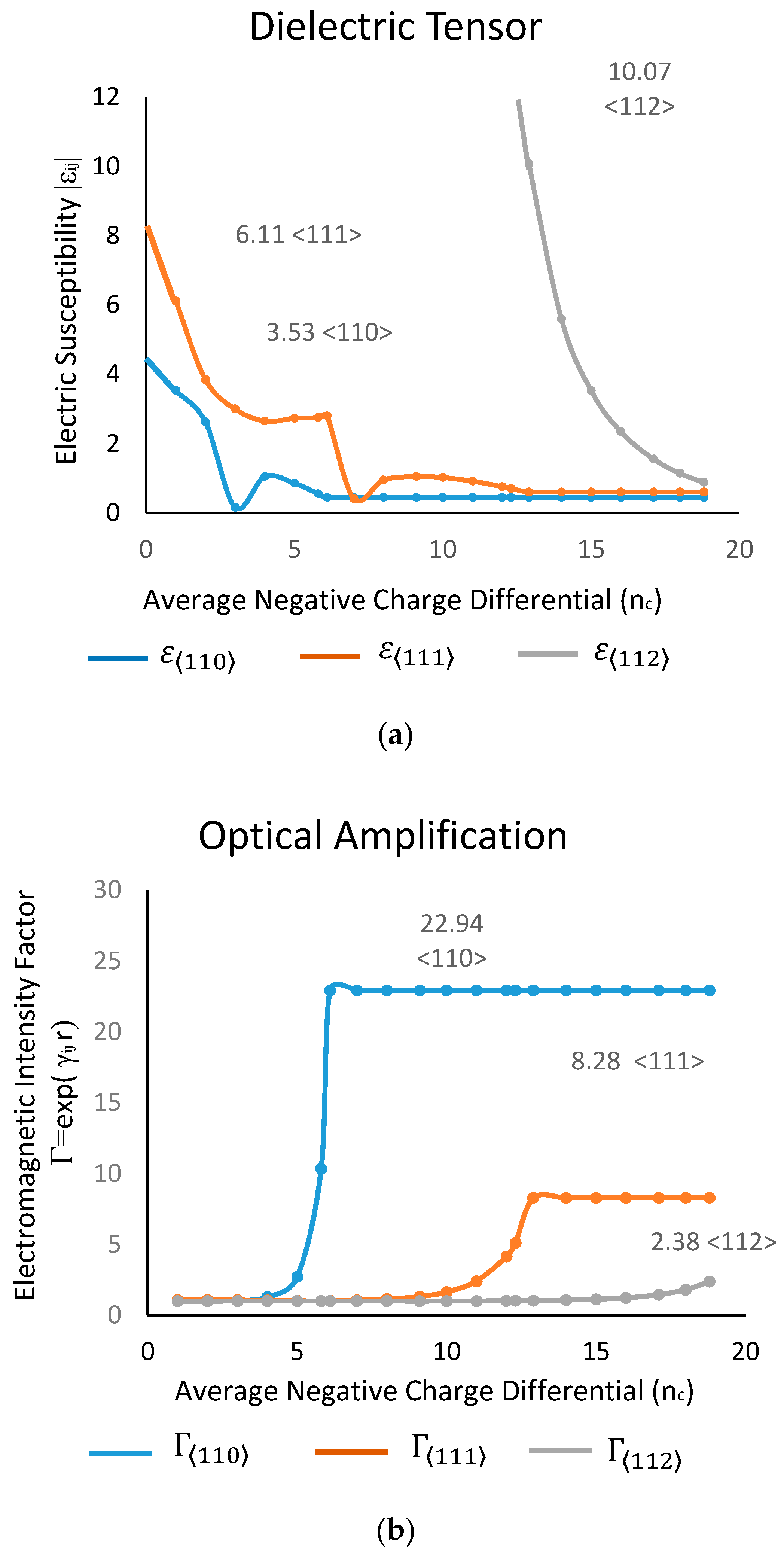
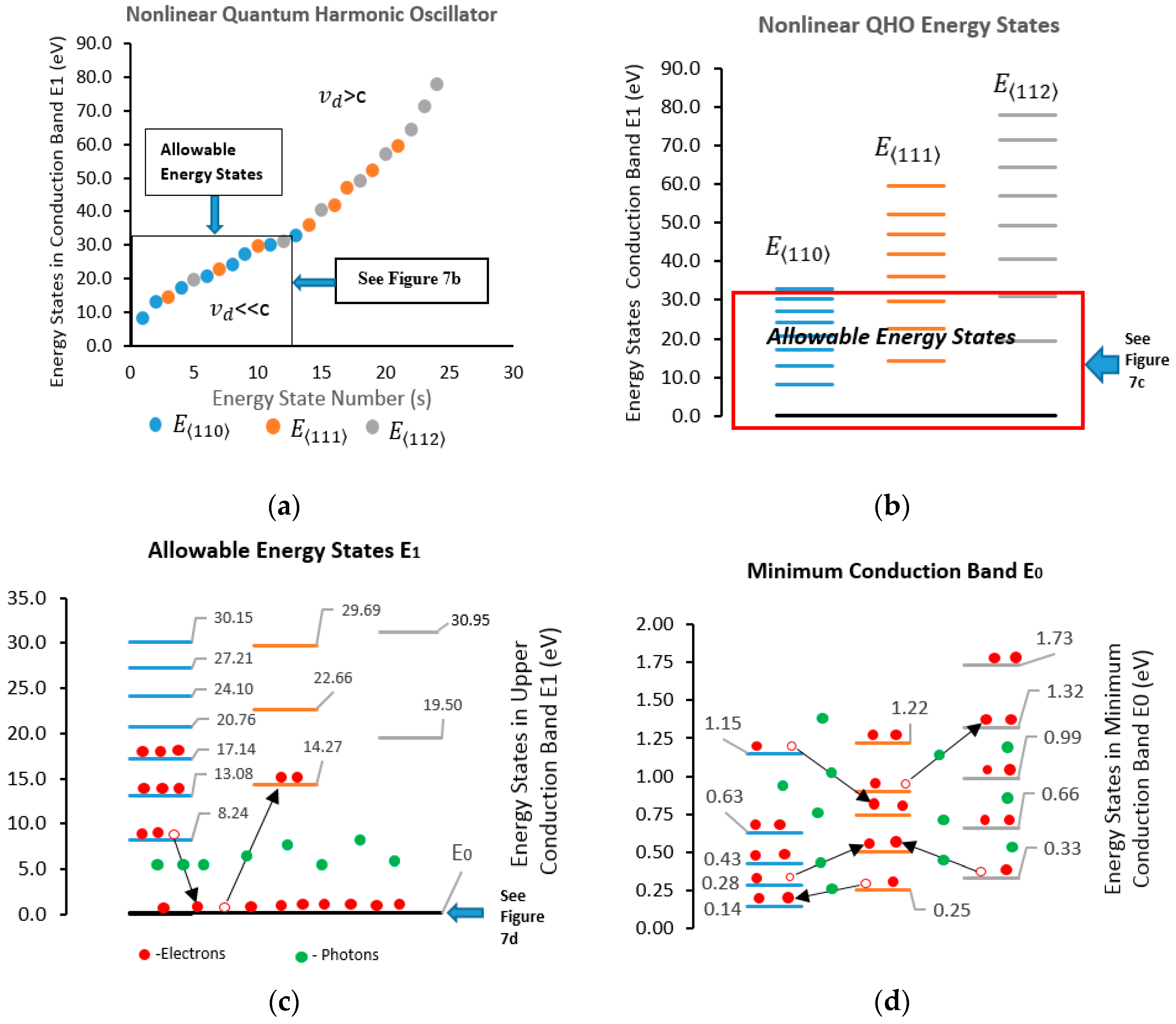

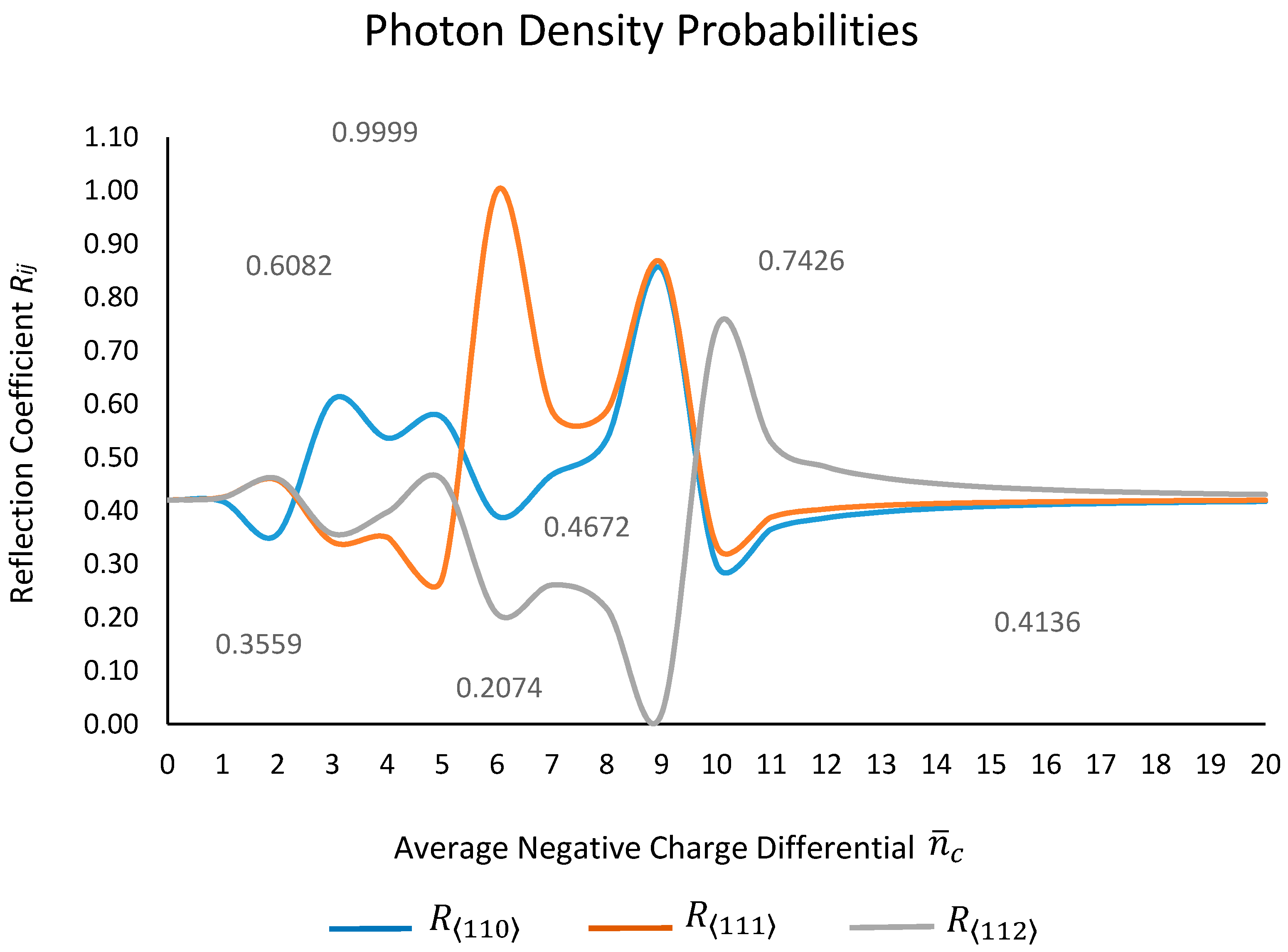

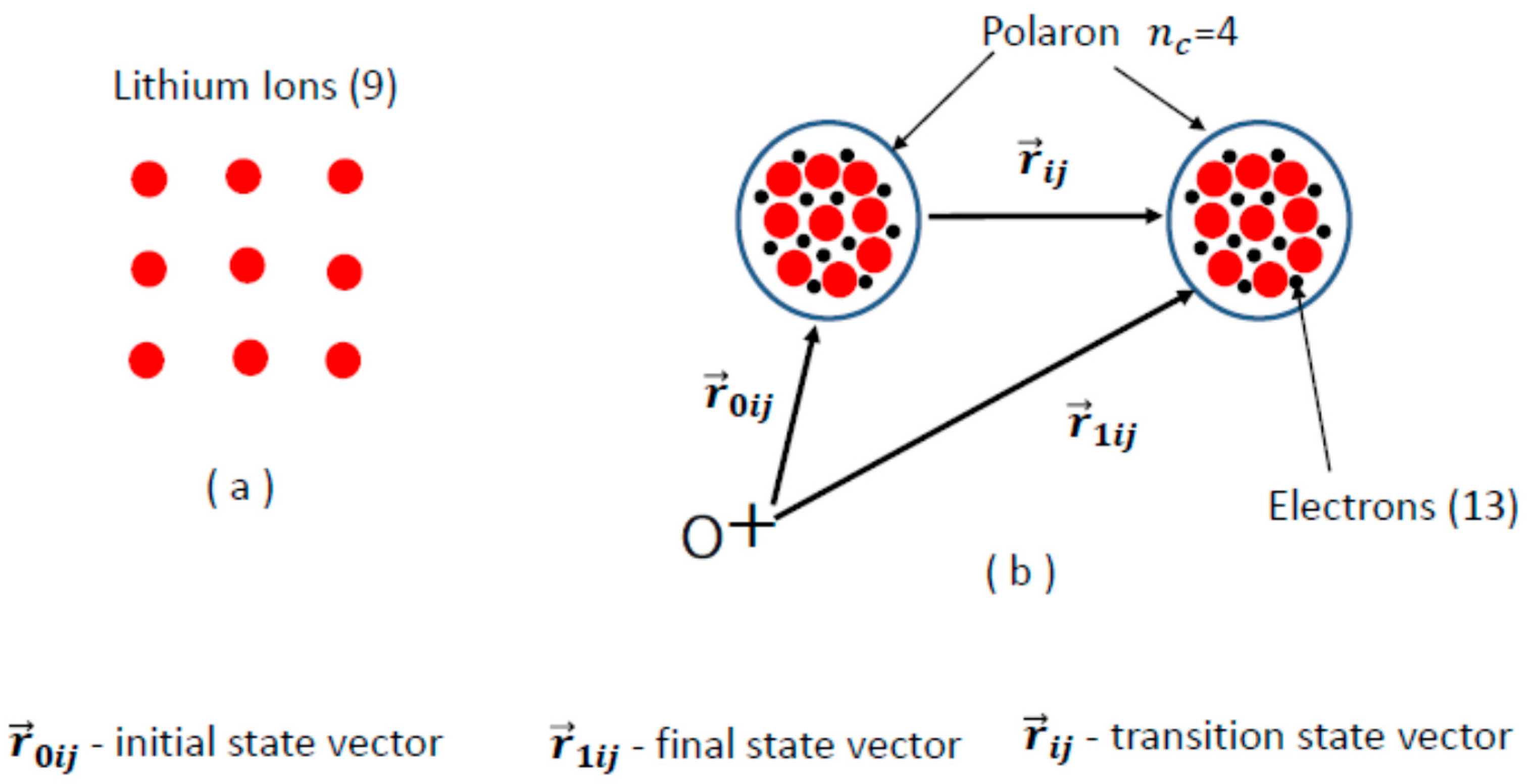
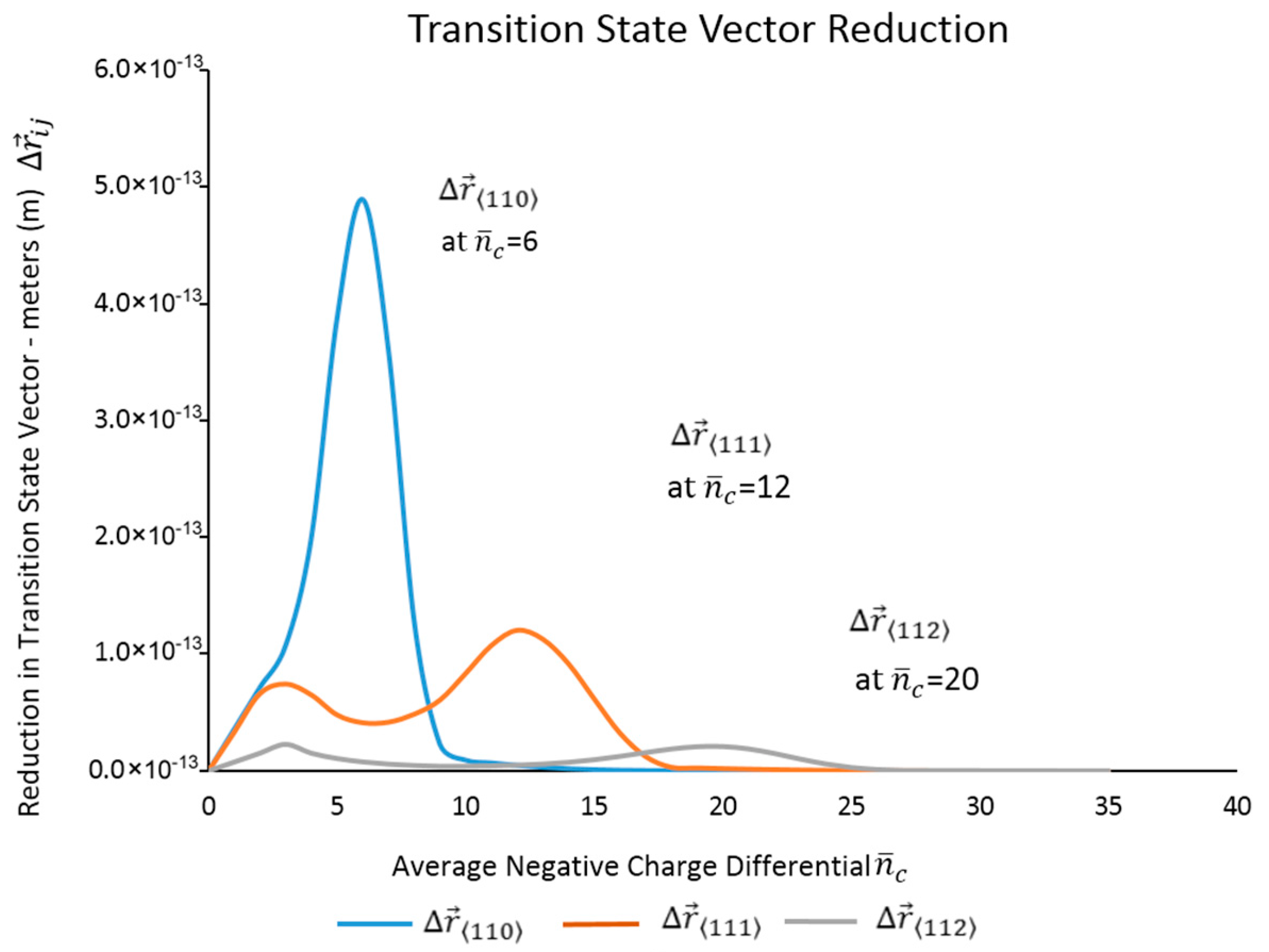

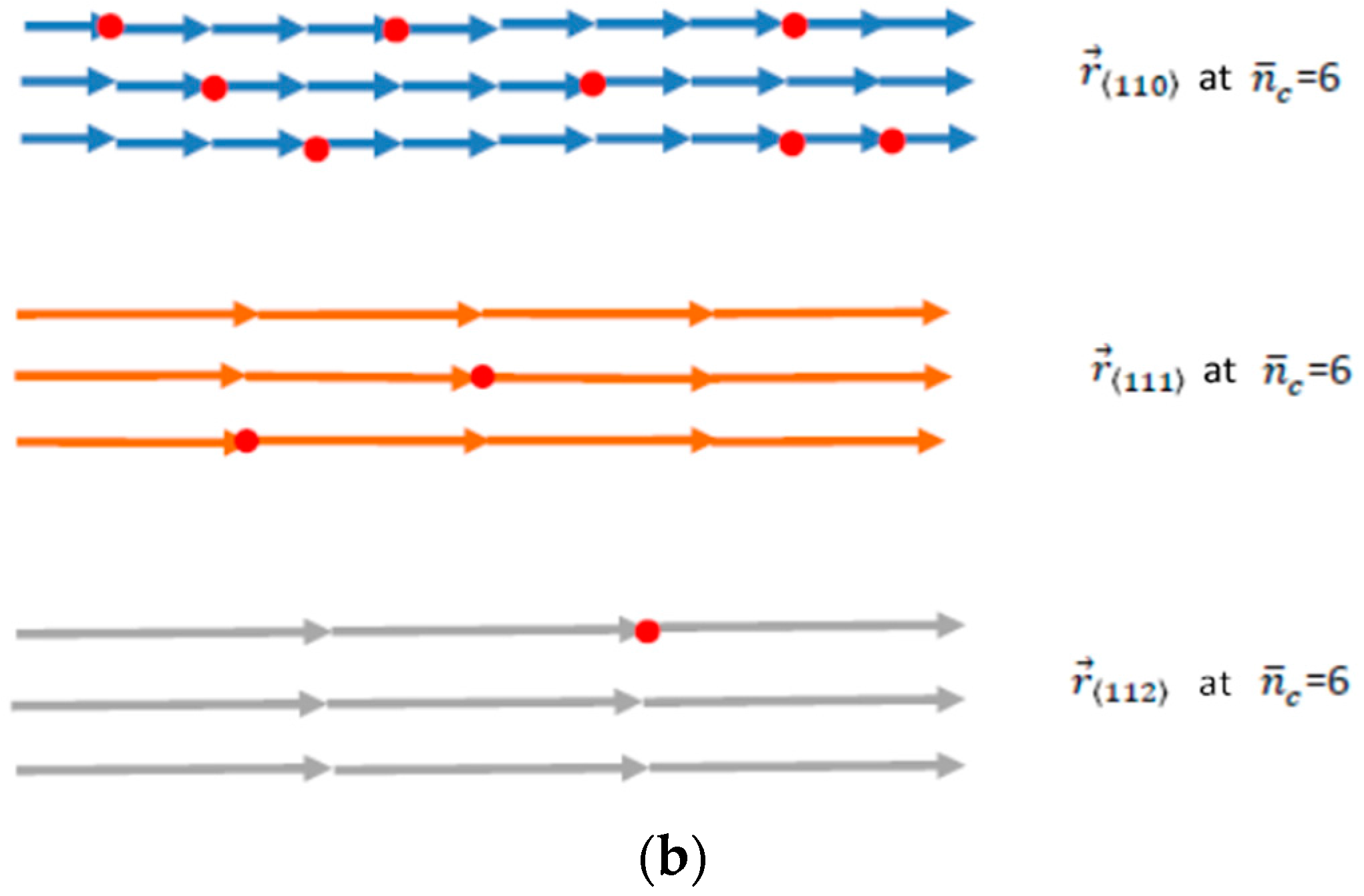
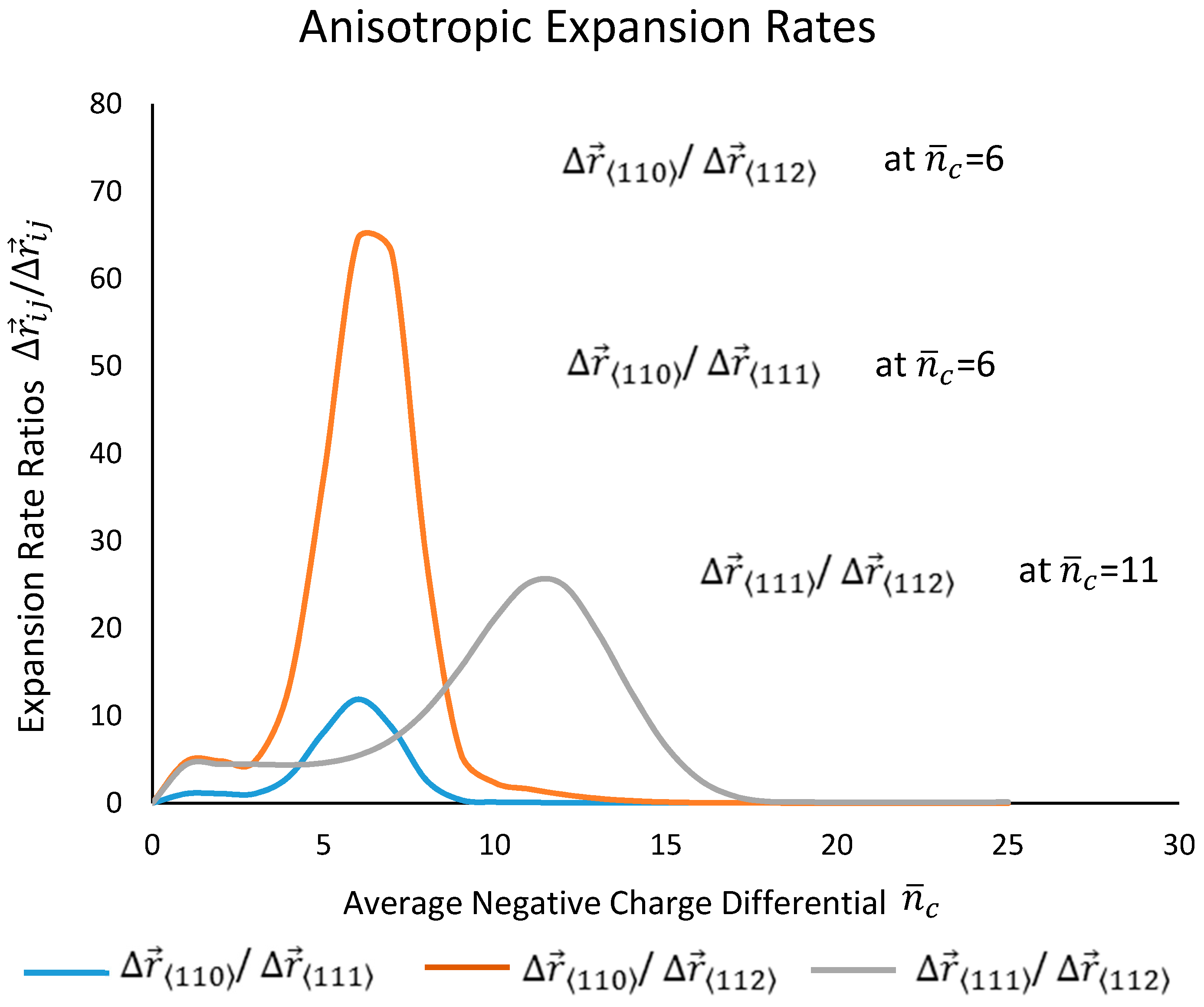
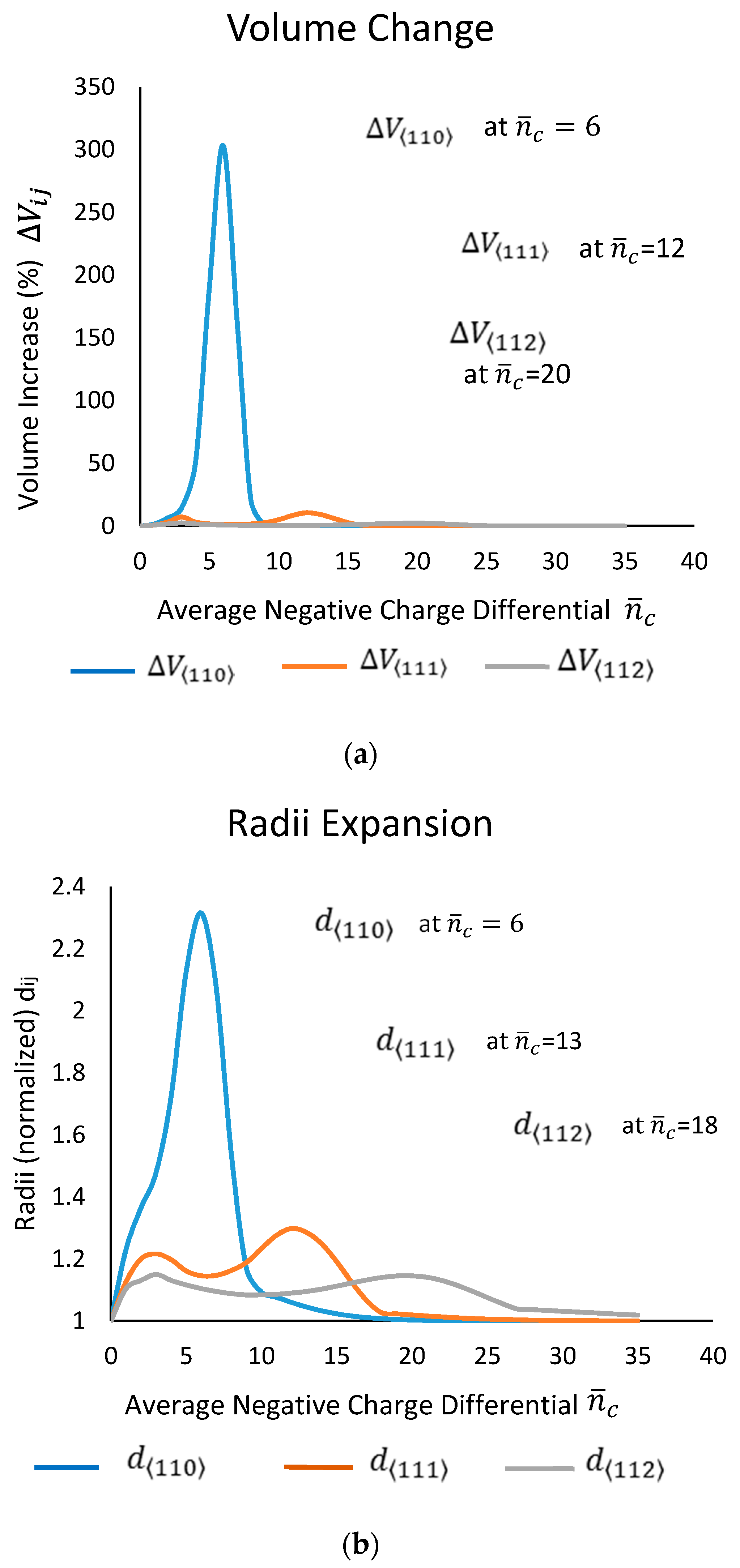
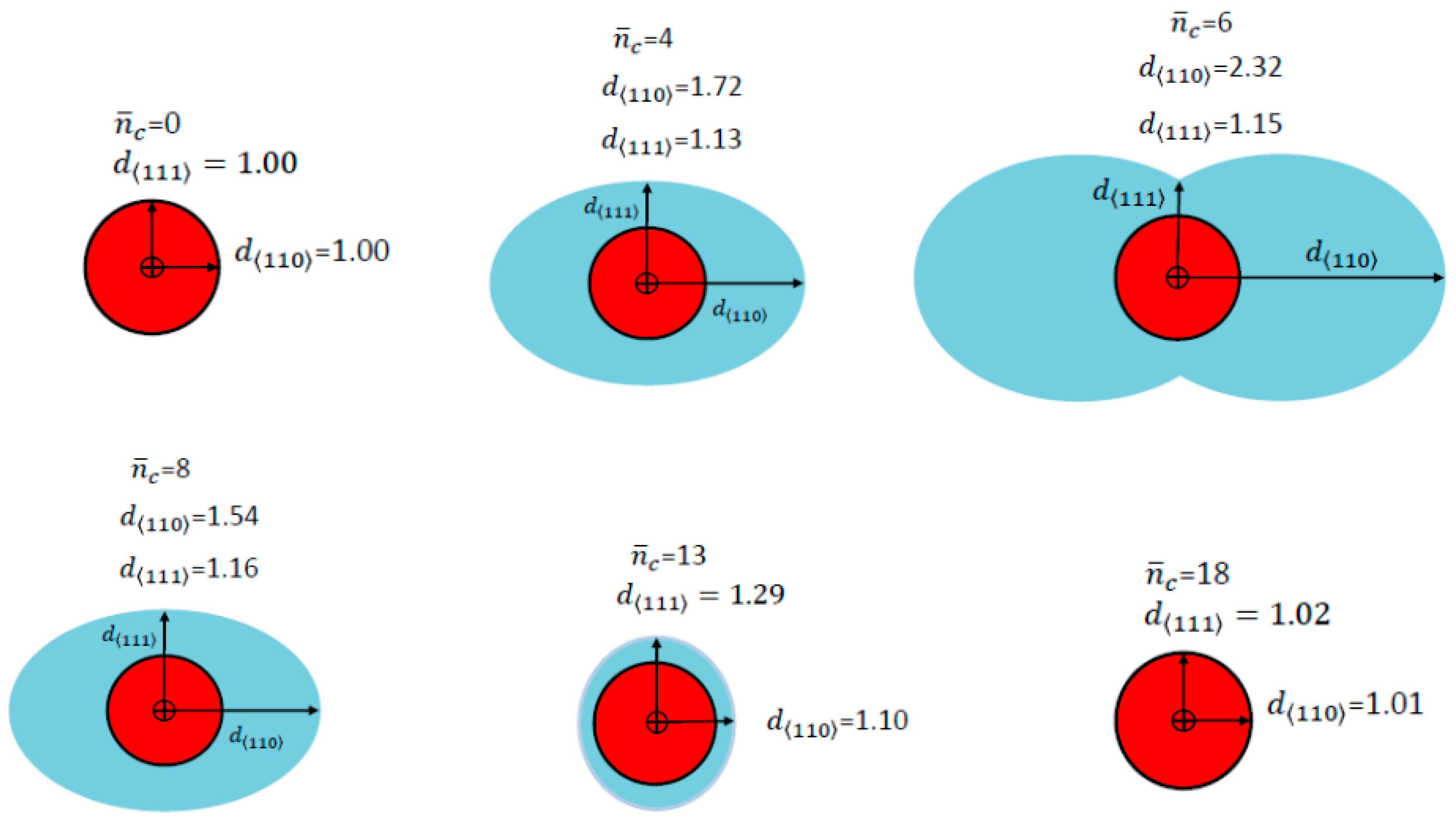
© 2017 by the author. Licensee MDPI, Basel, Switzerland. This article is an open access article distributed under the terms and conditions of the Creative Commons Attribution (CC BY) license (http://creativecommons.org/licenses/by/4.0/).
Share and Cite
Boone, D.C. Quantum Coherent States and Path Integral Method to Stochastically Determine the Anisotropic Volume Expansion in Lithiated Silicon Nanowires. Math. Comput. Appl. 2017, 22, 41. https://doi.org/10.3390/mca22040041
Boone DC. Quantum Coherent States and Path Integral Method to Stochastically Determine the Anisotropic Volume Expansion in Lithiated Silicon Nanowires. Mathematical and Computational Applications. 2017; 22(4):41. https://doi.org/10.3390/mca22040041
Chicago/Turabian StyleBoone, Donald C. 2017. "Quantum Coherent States and Path Integral Method to Stochastically Determine the Anisotropic Volume Expansion in Lithiated Silicon Nanowires" Mathematical and Computational Applications 22, no. 4: 41. https://doi.org/10.3390/mca22040041



